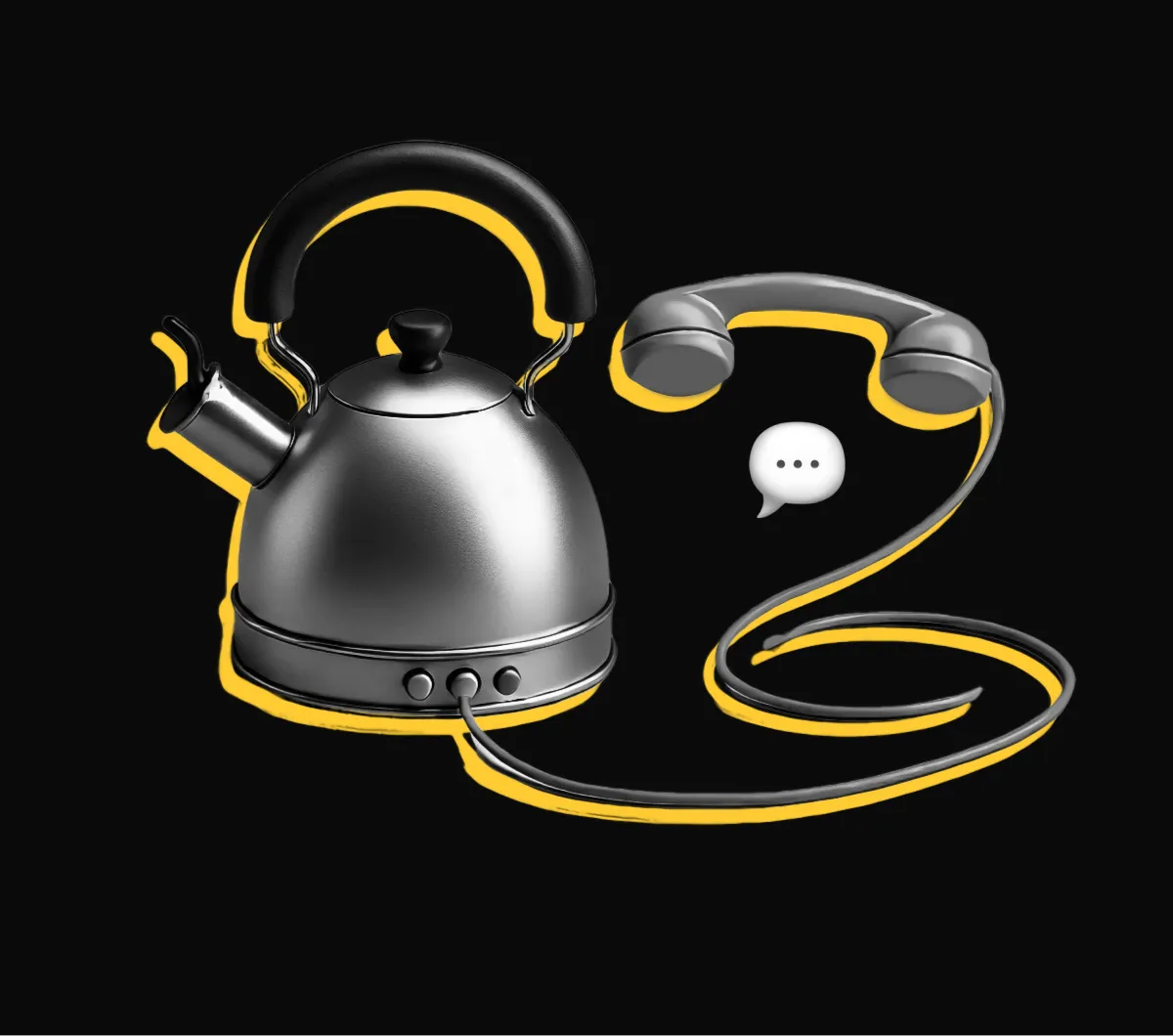HOW INTERNET OF THINGS WORKS?
The Internet of Things (IoT) connects devices to a computer network and allows them to collect, analyze, process, and transmit data to other objects through software, applications, or technical devices.
IoT devices function on their own, although people can configure them or provide access to data. IoT systems operate in real time and usually consist of a network of smart devices and a cloud platform where they all meet via WiFi, Bluetooth, or other forms of connection.
Internet of Thing is a system that can either communicate to the user or take actions on its own behalf. For example, in case it is too hot, it turns on the air conditioner and when a burglar is detected it calls the police
WHAT ARE THE KEY ELEMENTS OF THE INTERNET OF THINGS?
For simplicity, all its key elements are presented as ABCDE: Analytics, Bigdata, Connection, Devices, Experience.
Analytics is a key factor of IoT functioning. Its algorithms integrate the devices themselves, collect data from them and optimize processes;
Bigdata – is the information from devices, stored in the cloud. Bigdata allows you to automate existing processes or build new ones;
Connection – these are the channels used by devices to receive and transmit information;
Devices – hardware connected to the system, which, depending on the tasks, must have an appropriate message frequency for correct operation;
Experience – solving user problems through means of IoT, its analytics and learning algorithms.
THE WHERE IS THE INTERNET OF THINGS USED?MASTER
Electric power industry
The Internet of Things improves the controllability of substations and transmission lines through remote monitoring.
Healthcare
In healthcare, IoT allows to move to a new level of disease diagnosis – “smart” devices monitor patient health indicators in the background.
Agriculture
“Smart” farms and greenhouses dispense fertilizers and water themselves. “Smart” trackers in real time update farmers not only on the location of their cows and sheep, but also on their health status, analyzing heartbeat, body temperature and general activity.
Transportation
Typical IoT solutions include telematics and smart fleet management, where vehicles connect to a local operating system for monitoring and diagnostics. According to Statista, $740 billion will be invested in the development of IoT for cars by 2025.
Urban environment
IoT solutions help automate lighting, reducing its costs by up to 30-50%. “Smart” detectors, recording and transmitting data (costs and wear) to management companies, relieve urban residents from having to verify and send data on energy consumption themselves.
Logistics
IoT reduces the cost of transportation and minimizes the impact of the human factor. IoT systems can also monitor the status of trash containers and optimize waste disposal costs based on these data.
Oil, gas, and mining
The use of advanced analytics is helping the oil and gas industry increase production from mature fields.
Retail
IoT allows brands and merchants to optimize costs and improve customer experience through digital signage, customer interaction tracking, inventory management and smart vending machines.
WHAT ARE THE CURRENT CHALLENGES OF THE INTERNET OF THINGS?
- Security
The main one. Cybercriminals are constantly trying to hack into remote patient monitoring devices, databases with information about people’s health, intelligent car control systems, commit phishing attacks, upload viruses to hacked devices, and even sabotage the entire factories. - Software incompatibility
This situation can occur when developers release a software update for their device and do not check its compatibility with older versions of other related devices. To troubleshoot, you must contact third party companies and ask them to change software for the correct operation of the entire IoT system. - Job losses
Further implementation of IoT will inevitably lead to job losses. For example, IoT systems will replace some of the specialists in maintenance, repair, and installation of equipment. Legal aspects of the Internet of things are still vague.
IN A NUTSHELL
Many people limit the Internet of Things to a “smart” home. Yes, thanks to the innovations of Google, Amazon and Apple users can make online purchases, adjust the temperature in the room, turn on and off the lights and the music and give other voice commands to virtual assistants.
But in reality, IoT went far beyond running our cities, industry, and agriculture. Nevertheless, like any technology it has its challenges like upcoming job losses, lacking universal software standards and cybercrime vulnerability.
